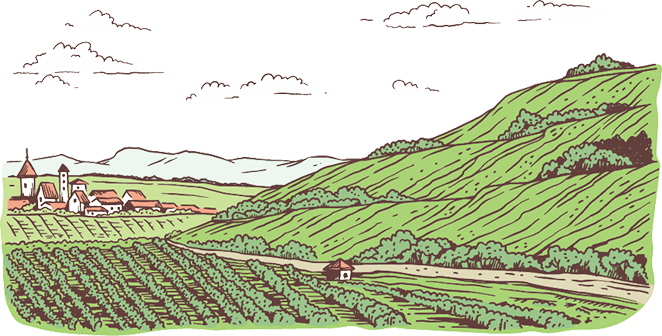California’s Water Problems Go Beyond Drought
by Jonathan Destler
California farmers are not only suffering the state’s third consecutive year of drought, but this year, 60 percent of the state is experiencing extreme drought conditions according to the California Water Board. As a result, total crop replants will be down again in 2022 with less overall acreage planted. Farmer frustration continues because the state is increasing curtailments as a solution instead of focusing on how they can better utilize storage. All while peak irrigation season runs through June, July and August.

The Water Board said the curtailment process is designed to work during water shortages, so if there is enough water for some, but not all water right holders, the most junior water right holders are curtailed before restrictions are imposed on more senior water right holders. Seniority is determined by the type and age of the water right.

The Water Board, working with the Department of Water Resources, assesses conditions and projects water availability in individual watersheds throughout the state to determine whether, when and where notices to curtail water diversion and use must be sent. Water right holders must respond to the notices to confirm that they have stopped water diversions. The Water Board continues to monitor watersheds subject to curtailment to assure compliance with the notices and failure to comply could result in an Administrative Civil Liability complaint for offenders, which could include monetary penalties, or the matter could be referred to the Attorney General’s Office for action. The process is designed to protect the health and safety of California residents and ensure that water is allocated in an orderly way based on the seniority of the water rights.
More curtailments have recently been announced. Even those with older, riparian water rights. Riparian rights are defined as certain submerged bottoms subject to private ownership on land bordering upon navigable waters including those used for ingress, egress, boating, bathing and fishing. Drought emergency curtailment regulations were first issued by Governor Gavin Newsom in the fall as a drought emergency declaration.
Curtailments and conservation are not the sole answer. Water is not being wasted. More curtailments will mean less food is produced while the world faces the worst food crisis since World War II. The United States food supply chain is in its own crisis right now that will be reflected on grocery store shelves and wallets by the end of the summer according to the National Black Farmers Association. They are calling for federal relief for farmers and to treat the problem as a non-partisan issue.
On top of everything else, current global destabilization like we are seeing in Ukraine and elsewhere is threatening the world’s food system, which has already been weakened by COVID-19, climate change and an energy shock. America has no choice but to increase food production in 2022 to offset the lack of imports coming in due to higher fuel prices and supply chain issues. America’s food innovation and food safety is the gold standard of the globe.
Of the seven big California water storage projects receiving Proposition 1 funding, the earliest completion is slated for late 2024, when a groundwater banking project outside Sacramento is scheduled to open. The other six projects will come much later including a reservoir expansion in the East Bay in 2028, another Silicon Valley reservoir expansion in 2029 and a groundwater project in the desert north of Los Angeles expected to roll out in 2030.
With a million acres of California farmland needing to be fallowed over the next few years, food production will be further decreased and conversely exacerbate the San Joaquin Valley’s poor air quality by adding more dust particulates into low lying airstreams.
Where will the water for food production in California come from if the state is going to let water free flow into the ocean, while refusing to build water storage, and restrict the building of more dams and wells?
We need innovation and more tools for farmers to irrigate crops more efficiently. In California’s Central Valley there is a popular slogan, “Is growing food wasting water?” Farmers are adapting by using above ground drip irrigation and micro sprinklers alongside new irrigation and IoT technologies to increase production, while measuring and conserving water. Agriculture innovation and climate-smart technologies are bringing cutting edge solutions to farmers to help them steward their land, labor and water resources, enabling them to grow more food with less water and waste, while sequestering more measurable carbon.
We can collectively tackle the water emergency in California without government red tape.
Jonathan Destler is founder of Opti-Harvest.
